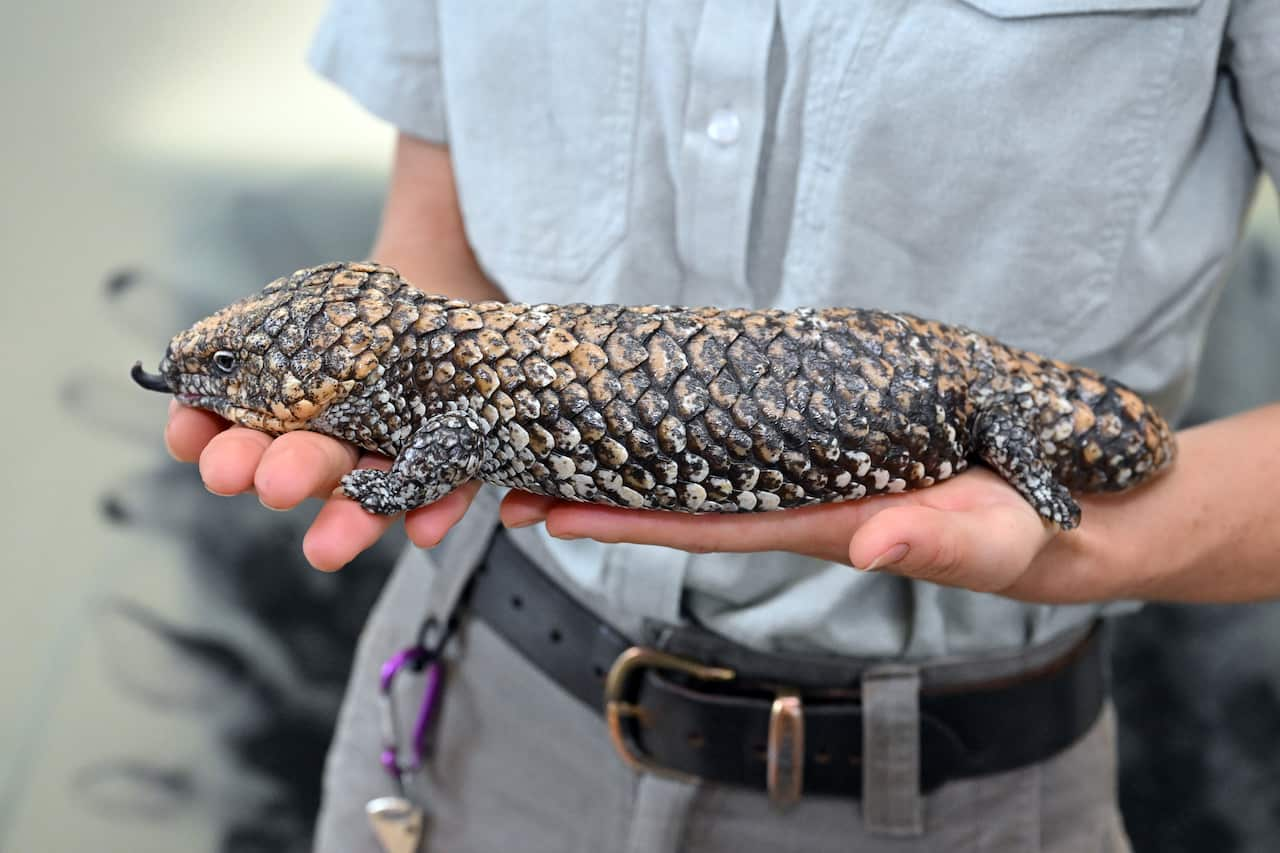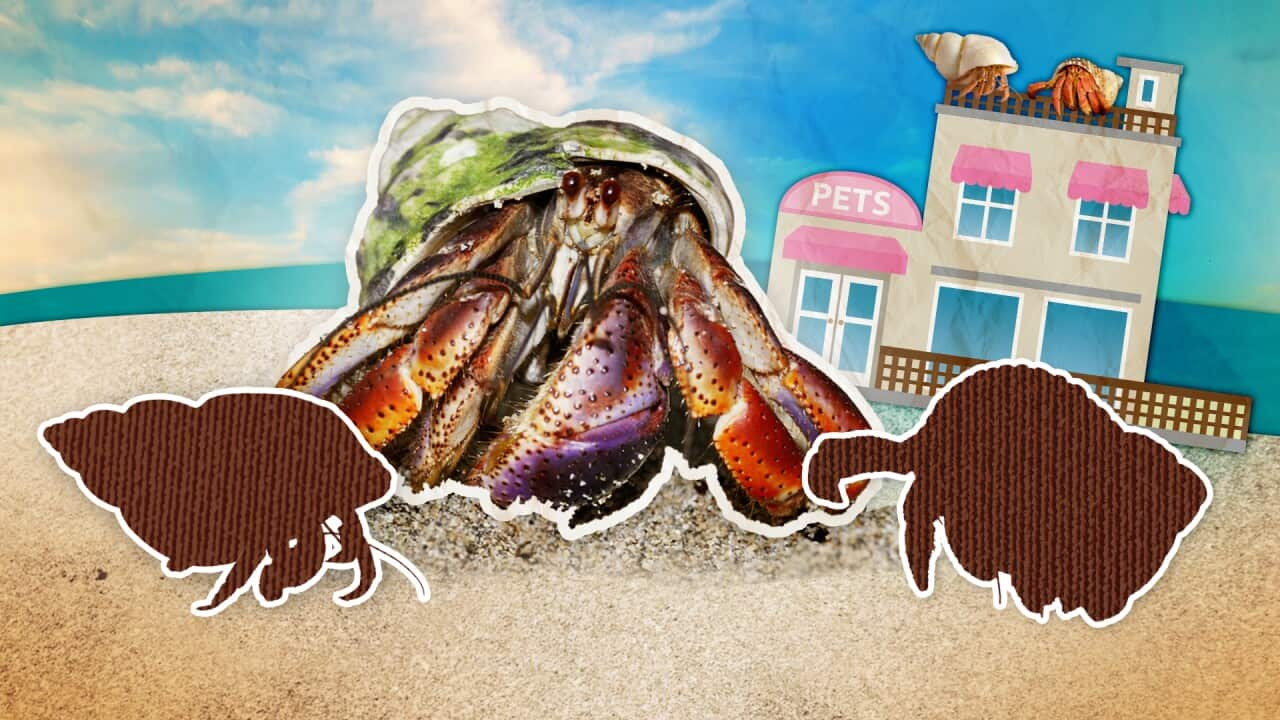Thousands of shipments carrying rare animals and animal products are stopped at Australia's border each year, and some carry a six-figure price tag.
The Australian Border Force (ABF) has intercepted around 4,000 illegal shipments in a year, including live animals in cruel conditions.
In Australia, wildlife is protected under the Environment Protection and Biodiversity Conservation Act, and severe penalties, including fines and up to five years in prison, are in place for anyone caught importing or exporting a regulated species without a permit.
But illegal wildlife trade remains a significant issue.
Katie Smith, a research project manager at the University of Adelaide's research hub for wildlife crime, told SBS News that Australia's geography, with its extensive coastline, makes the trade difficult to police.
Smith said the wildlife black market mostly occurs online via e-commerce platforms, with rare reptiles being some of the most desired animals.
Who is behind this black market?
Some of the biggest consumer markets for reptiles and their products are the United States, Germany and Japan.
Researchers say their interest in Australia is because it's a land of rare fauna, and that rarity is a lure for the wildlife black market.
Native Australian reptiles are worth up to $100,000 on the black market, according to the ABF.
Smith said reptiles are vulnerable because there are as many as 1,000 types that are only found in Australia.
"We see that the demand for these species is actually, in time, driven by their rarity," she said.
"Making them highly sought after when they're rarer and unfortunately making this a significant factor in their risk of extinction."
The illegal animal trade can also introduce invasive species and spread diseases, she added.
The trade of native animals is also doing cultural harm.
First Nations Australians have a relationship with wildlife as cultural totems and as features of Dreamtime stories and links to Country.
Indigenous leaders across the country are lobbying to manage wildlife protection programs, blending Indigenous knowledge with modern conservation methods.
Hidden in clothing, boxes
Sebastian Chekunov, the wildlife crime research lead at the hub, told SBS News smugglers have also tried to send animals out of the country in luggage, concealed in clothing and in boxes of chocolate.
One common destination for smugglers is Hong Kong.
"Hong Kong does have a market for exotic pets, so sometimes the smuggled reptiles are sold domestically over there, but it is also a global trade and transport hub and a gateway into mainland China," he said.
"Hong Kong is often the first step and just one node in the network."
Animal products are also being trafficked in Australia..

The exotic appeal of shingleback lizards is a driving force in black market demand. Source: AAP / Mick Tsikas
Charlotte Lassaline, a PHD candidate at the University of Adelaide, told SBS News there has been a rise in demand for spiders, scorpions, ants, stick insects and snails.
Her research has identified over 580 invertebrate species being traded.
"That is a very big number and this includes a lot of threatened Australian species, including the Flinders Ranges scorpion," she said.
"This is a range-restricted species, meaning that it is only from a small area in South Australia.
"Yet it is traded very widely throughout Australia for the pet trade and this is very concerning for their small populations."
Sharks and shark fin materials are also among the most coveted products being imported out of Australia and New Zealand to Asia.
Efforts to address the black market
This month, global stakeholders will meet at the 20th meeting of the Conference of Parties in Uzbekistan, where they will discuss any amendments to the international rules governing wildlife trade.
Wildlife crime hub director Professor Phil Cassey said 51 proposals are on the table for this meeting, including Australia's submission to add two reptiles to the list of protected species.
"So there are two that have been listed by the Australian parties, the Mount Elliott leaf-tailed gekko and the ringed thin-tailed gekko, to be placed on what is known as CITES appendix two," he said.
"This means no import to other countries or no export from Australia will be allowed without permits, and it allows border seizure of those species outside of Australia."
Share




